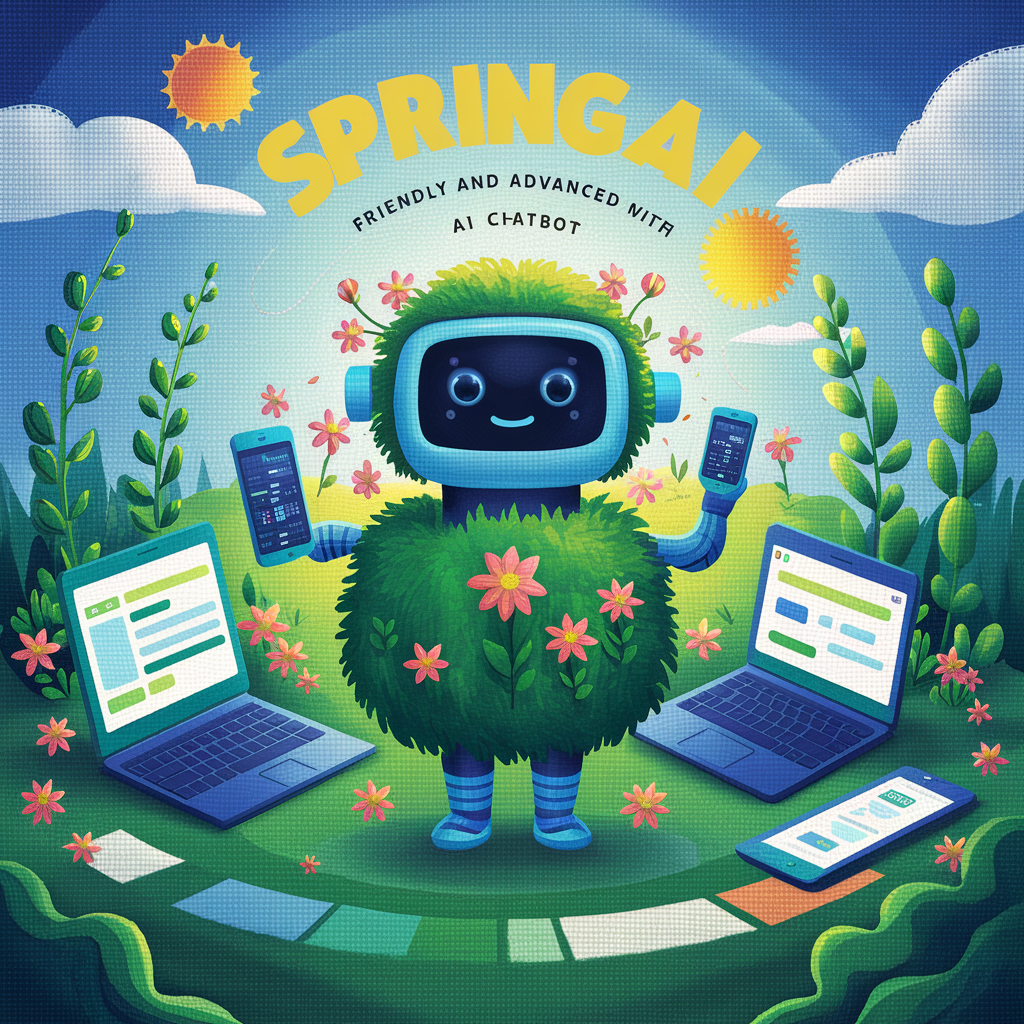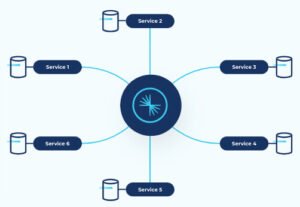TypeScript For Kids
Join the adventure in “How to Code Cool Stuff: A Fun Guide to TypeScript for Kids”! This magical ebook introduces young adventurers to the exciting world of coding with TypeScript. Packed with easy-to-follow lessons, interactive examples, and fun challenges, it’s the perfect companion for young minds eager to explore the wonders of programming. Start your…
Introduction:
In recent years, Artificial Intelligence (AI) has become increasingly integrated into various aspects of technology, revolutionizing industries and driving innovation. Spring AI, a new initiative from the creators of the popular Spring Framework, aims to bring the power of AI and machine learning to Java developers. In this article, we’ll explore the basics of Spring AI, its goals, and how Java developers can leverage it to build intelligent and data-driven applications.
What is Spring AI?
Spring AI is an extension of the Spring Framework that provides tools, libraries, and integrations for incorporating AI and machine learning capabilities into Spring-based applications. It aims to simplify the process of building AI-powered applications by providing developers with a set of ready-to-use components and abstractions for working with AI models, data pipelines, and other AI-related tasks.
Key Features of Spring AI:
- Integration with Popular AI Libraries: Spring AI integrates seamlessly with popular AI and machine learning libraries such as TensorFlow, PyTorch, and scikit-learn, allowing developers to leverage their existing knowledge and skills in these frameworks within the Spring ecosystem.
- Abstractions for AI Components: Spring AI provides abstractions and APIs for common AI components such as models, data pipelines, and preprocessing tasks. This abstraction layer simplifies the integration of AI functionality into Spring applications and promotes code reuse and maintainability.
- Support for Data Integration: Spring AI offers support for integrating with various data sources and data processing frameworks, enabling developers to build end-to-end AI pipelines that ingest, preprocess, and analyze data from diverse sources.
- Extensive Documentation and Community Support: Spring AI is backed by extensive documentation, tutorials, and community support, making it easy for developers to get started with AI development using the Spring ecosystem. The vibrant Spring community provides resources, forums, and expertise to help developers overcome challenges and share best practices.
Getting Started with Spring AI: To get started with Spring AI, developers can follow these steps:
- Add Spring AI Dependencies: Include the necessary Spring AI dependencies in your project’s build configuration. These dependencies provide access to Spring AI’s APIs and integrations with AI libraries.
- Define AI Components: Define AI components such as models, data pipelines, and preprocessing tasks using Spring AI’s abstractions and APIs. These components can be configured and wired together using Spring’s dependency injection mechanism.
- Train and Deploy AI Models: Train AI models using your preferred AI framework (e.g., TensorFlow, PyTorch) and deploy them as Spring beans within your application. Spring AI provides support for loading and managing trained models within Spring containers.
- Integrate AI Functionality: Integrate AI functionality into your Spring application by invoking AI models, executing data pipelines, and processing data using Spring AI’s APIs and abstractions. This allows you to leverage AI capabilities within your existing Spring-based architecture seamlessly.
Example:
@Configuration
public class SpringAIConfig {
@Bean
public Model neuralNetworkModel() {
// Define and configure neural network model
return new NeuralNetworkModel();
}
@Bean
public DataPipeline dataPipeline() {
// Define and configure data pipeline
return new DataPipeline();
}
}
Conclusion:
Spring AI offers Java developers a powerful platform for incorporating AI and machine learning capabilities into their Spring-based applications. By providing integrations with popular AI libraries, abstractions for AI components, and support for data integration, Spring AI simplifies the process of building intelligent and data-driven applications. As AI continues to play a central role in modern software development, Spring AI empowers Java developers to harness the power of AI within the familiar and versatile Spring ecosystem.






